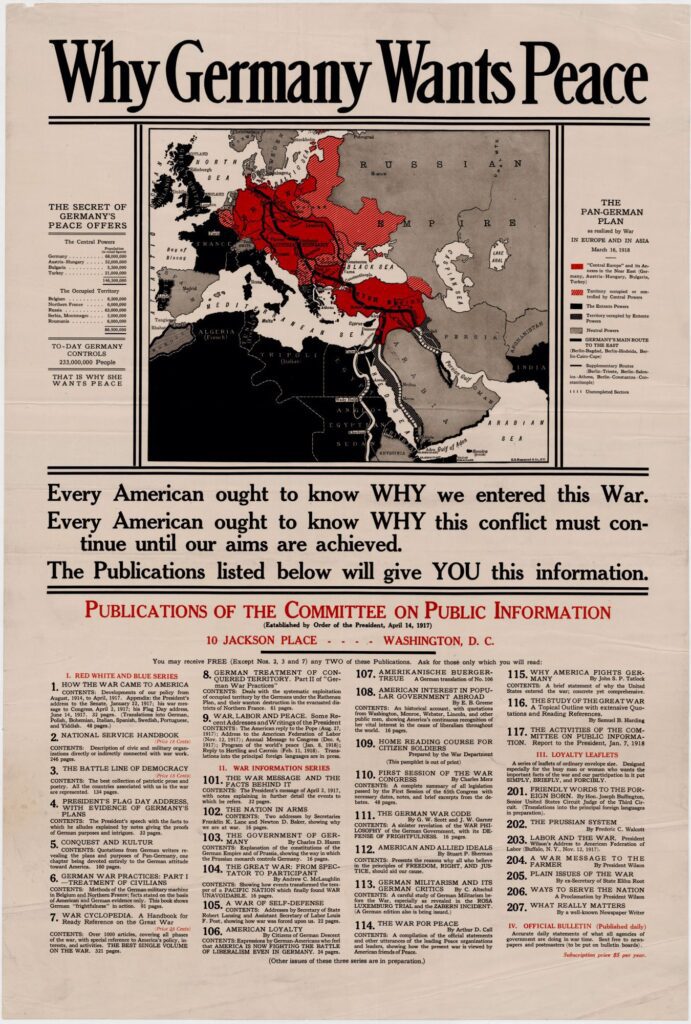The Great War Unveiled: A Comprehensive Overview of World War I provides a detailed examination of the causes, major events, and consequences of the global conflict that took place from 1914 to 1918. The content covers the complex network of alliances, arms race, and imperial rivalries that led to the outbreak of the war, as well as the assassination of Archduke Franz Ferdinand and the subsequent declarations of war. It delves into the horrors of trench warfare, the technological innovations that emerged during the conflict, and the entry of the United States, which shifted the balance of power. The fall of empires and the signing of the armistice and Treaty of Versailles are also explored. The content concludes by discussing the lasting legacy and consequences of World War I and its significant impact on political, social, and economic structures worldwide.
The Great War Unveiled: A Comprehensive Overview of World War I
Introduction
World War I, often referred to as the Great War, was a global conflict that lasted from 1914 to 1918. It involved many of the world’s major powers, resulting in significant geopolitical and social changes. This comprehensive overview aims to shed light on the causes, major events, and consequences of World War I.
The Causes of World War I
The underlying causes of World War I can be traced back to a complex network of alliances, the arms race, and imperial rivalries. The existing balance of power in Europe was fragile, with tensions simmering between countries such as Germany, France, and Russia. The assassination of Archduke Franz Ferdinand of Austria-Hungary by a Serbian nationalist in Sarajevo in June 1914 served as a catalyst for the war.
The Spark that Ignited the Flame
The assassination of Archduke Franz Ferdinand triggered a series of diplomatic clashings, leading to a domino effect of declarations of war. Austria-Hungary declared war on Serbia, and soon Germany, an ally of Austria-Hungary, declared war on Russia and its ally, France. As the conflict escalated, several key players emerged, including the Central Powers (Germany, Austria-Hungary, and the Ottoman Empire) and the Allies (France, Britain, Russia, and later joined by the United States).
Trench Warfare and Stalemate
The war quickly shifted into a stalemate, as both sides dug extensive trench systems to protect their positions. This led to the horrors of trench warfare, characterized by stalemate, massive casualties, and life in the trenches filled with rats, mud, and disease. Both sides engaged in relentless attacks and counterattacks, resulting in limited territorial gains but enormous loss of life.
Technological Innovations
World War I witnessed the deployment of several groundbreaking technologies that forever changed the face of warfare. The mechanization of warfare was evident through the use of tanks, airplanes, machine guns, and chemical weapons. These innovations increased the scale and efficiency of destruction, but also brought about new challenges and strategies on the battlefield.
Entry of the United States
In 1917, the United States entered the war, shifting the balance of power in favor of the Allies. The sinking of the RMS Lusitania by a German U-boat in 1915, which resulted in the loss of American lives, played a significant role in swaying public opinion in the United States. With its vast resources and fresh troops, the US provided a crucial boost to the exhausted Allied forces.
The Fall of Empires
The Great War had a profound impact on the empires of the world. The war marked the decline and eventual collapse of the Russian, German, Austro-Hungarian, and Ottoman empires. While the Russian Revolution in 1917 led to the establishment of the Soviet Union, the end of the war resulted in the redrawing of boundaries in Europe and the Middle East, giving rise to new nations and exacerbating existing tensions.
The Armistice and Treaty of Versailles
In November 1918, an armistice was signed, signaling the end of hostilities on the Western Front. The Treaty of Versailles, signed in 1919, officially ended the war. However, the peace terms imposed on Germany by the victorious Allies, notably France, Britain, and the United States, laid the seeds for future conflicts, particularly World War II.
Legacy and Consequences
The Great War left an indelible mark on the world, transforming political, social, and economic structures. It led to the redrawing of borders, the emergence of new nations, and shifts in global power dynamics. The war also brought about advancements in medical practices, women’s rights, and led to significant technological progress.
Conclusion
World War I stands as one of the deadliest and most consequential conflicts in human history. Its causes and consequences continue to reverberate a century later. This comprehensive overview scratches the surface of a war that reshaped the world, reminding us of the importance of understanding our past to navigate the present and future.
